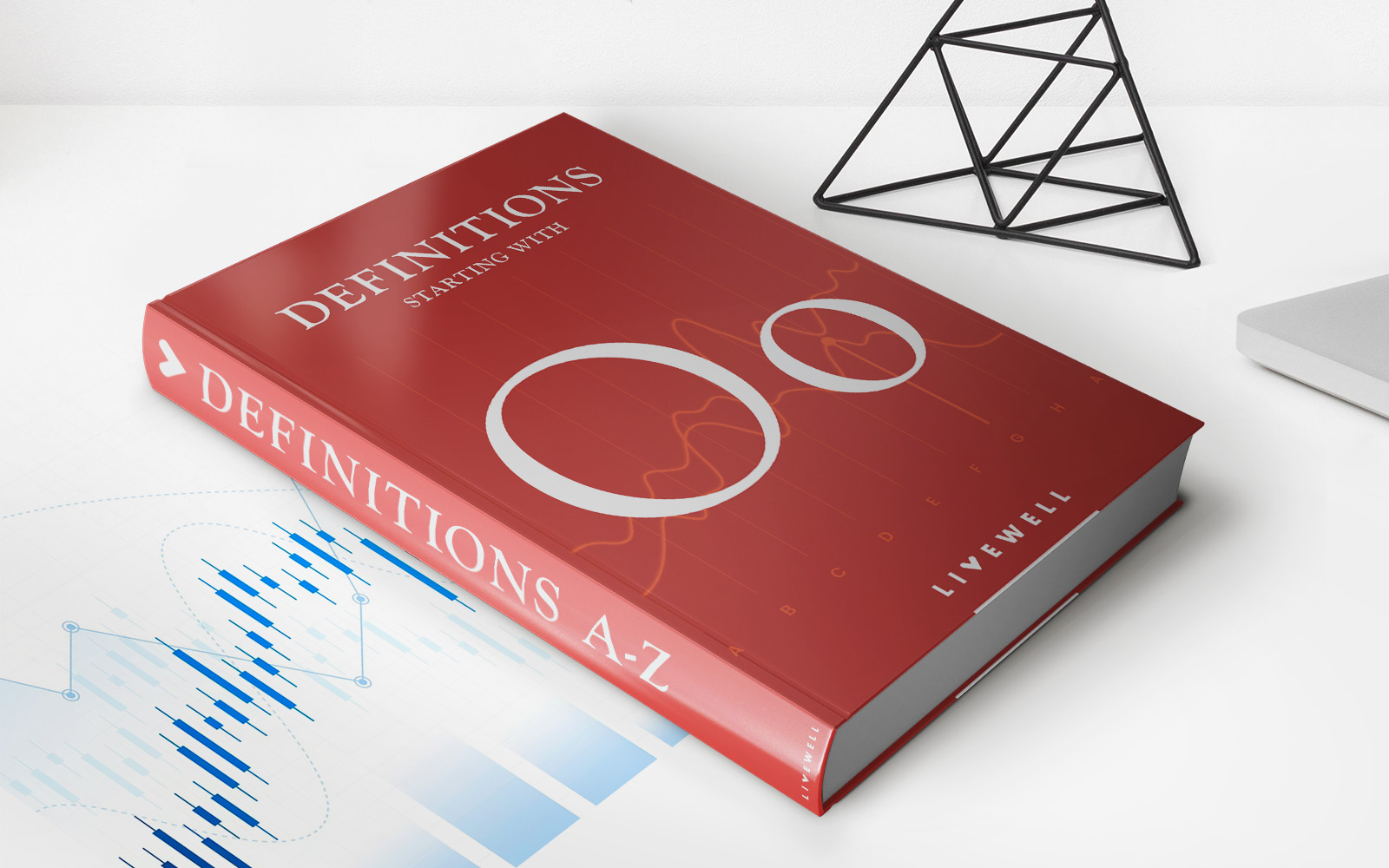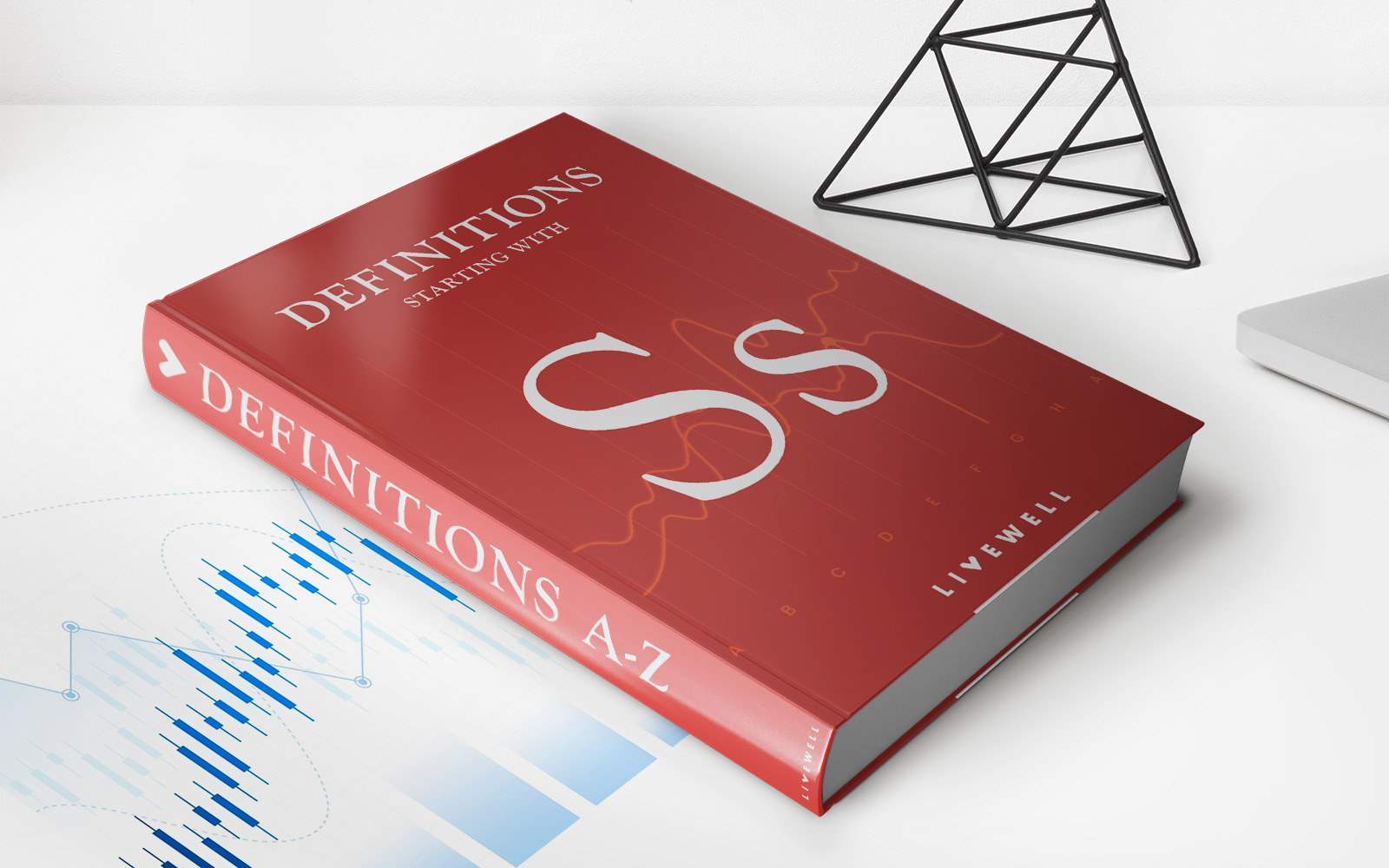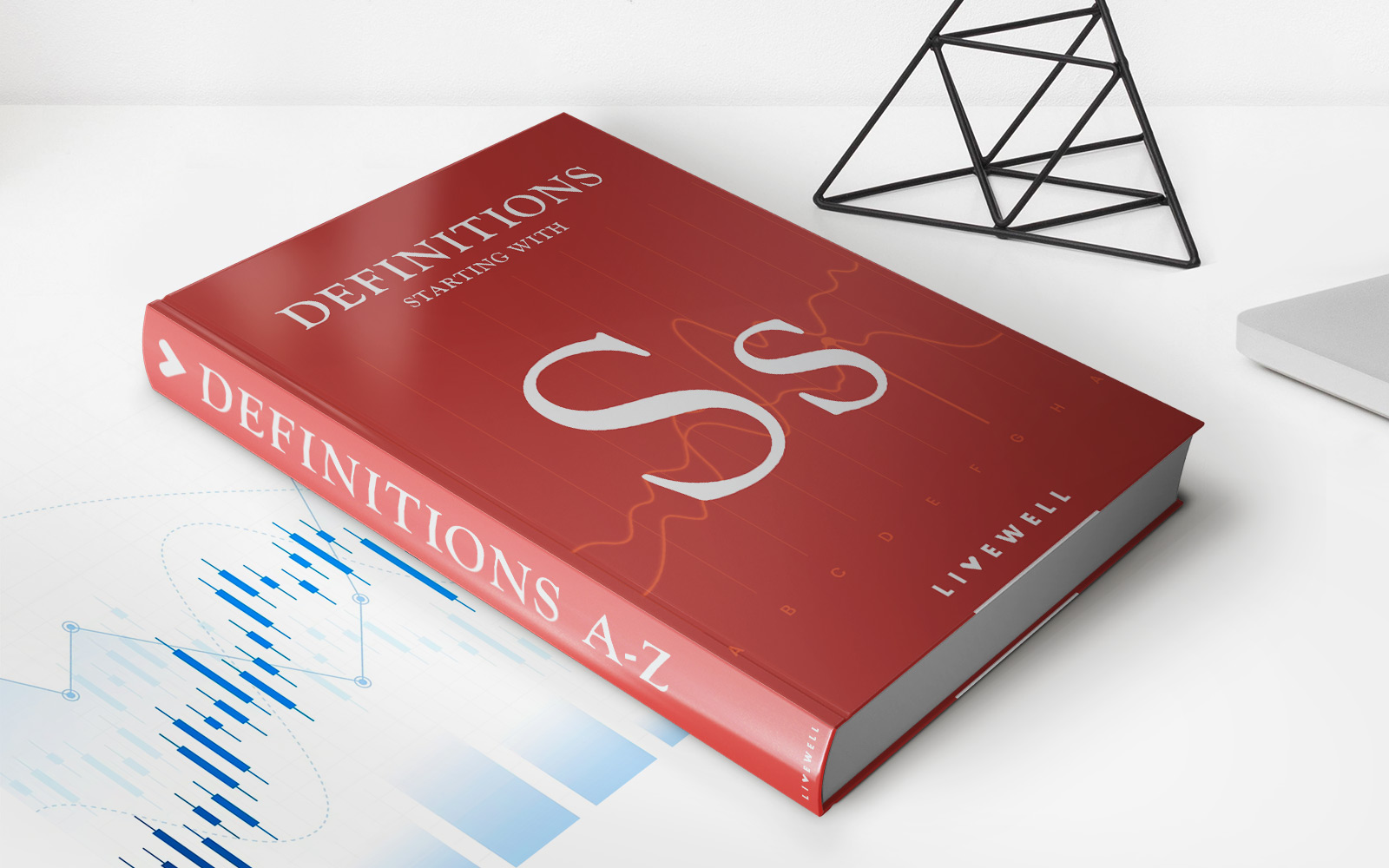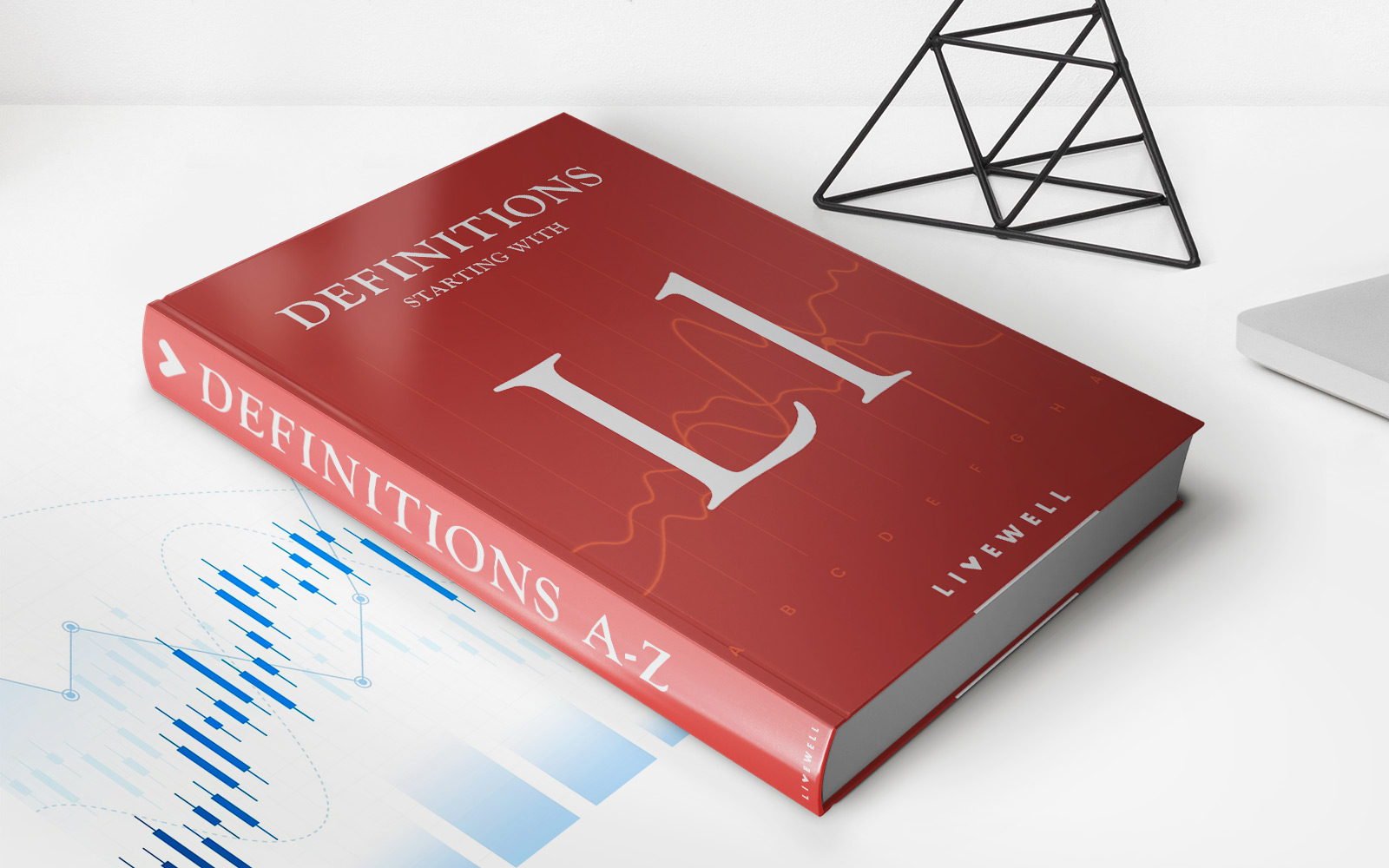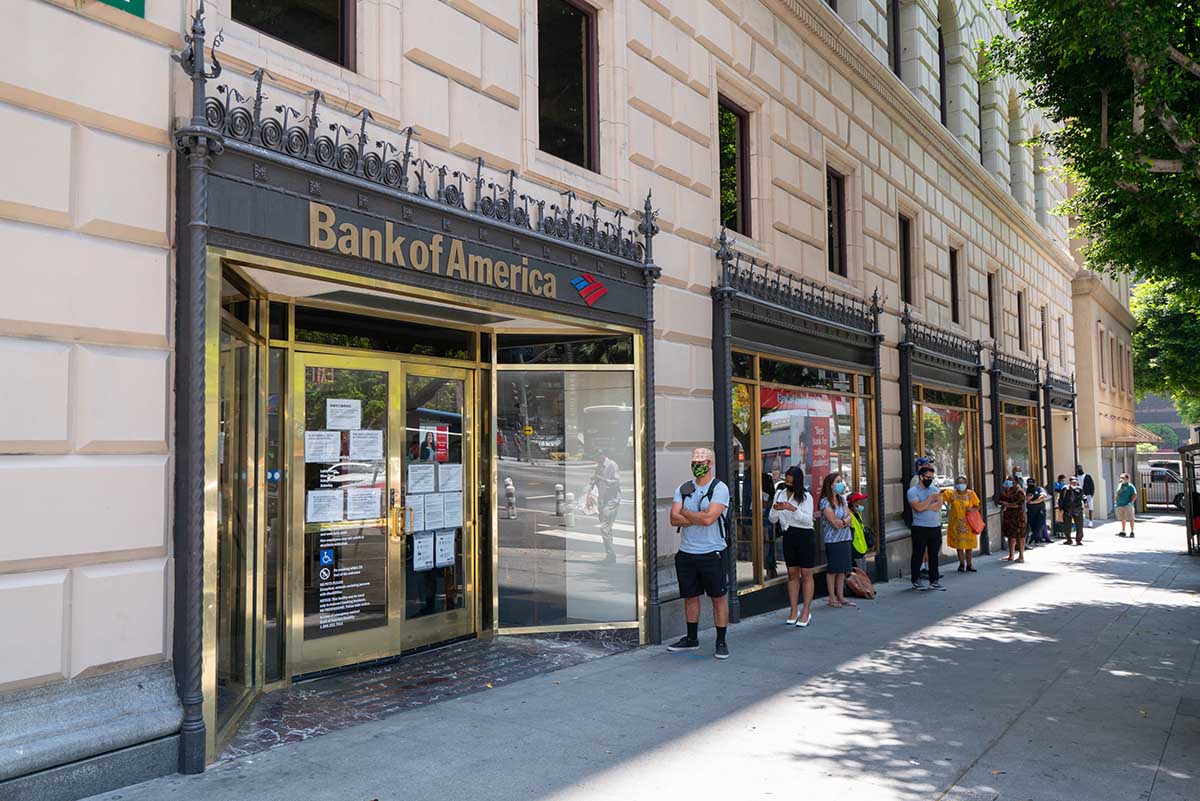Home>Finance>Peak Pricing: Definition, How It Works, Examples


Finance
Peak Pricing: Definition, How It Works, Examples
Published: January 6, 2024
Learn the definition and working of peak pricing in finance, along with real-world examples. Understand the concept and implications of fluctuating prices.
(Many of the links in this article redirect to a specific reviewed product. Your purchase of these products through affiliate links helps to generate commission for LiveWell, at no extra cost. Learn more)
Peak Pricing: Definition, How It Works, Examples
Finance is a fascinating field that encompasses a wide range of topics, from investing and budgeting to risk management and more. One important concept within finance is peak pricing. In this blog post, we will dive into the world of peak pricing, exploring its definition, how it works, and providing some real-life examples to help you better understand this concept.
Key Takeaways:
- Peak pricing is a strategy used by businesses to adjust prices based on higher demand during certain periods.
- This pricing strategy aims to maximize profitability by capitalizing on customers’ willingness to pay more for a product or service during peak times.
What is Peak Pricing?
Peak pricing, also known as surge pricing or dynamic pricing, refers to a pricing strategy employed by businesses in which prices are adjusted based on increased demand during specific periods. It is commonly observed in industries such as transportation, hospitality, and entertainment, where demand for services fluctuates over time.
During peak times, when demand surpasses supply, businesses may raise their prices to maximize profitability. This approach takes advantage of customers’ willingness to pay a premium for a product or service when it is in high demand. On the flip side, prices are often lower during off-peak hours or seasons when demand is lower.
How Does Peak Pricing Work?
Peak pricing works by utilizing algorithms and data analysis to detect patterns and forecast demand fluctuations accurately. Businesses analyze various factors such as historical data, customer behavior, market trends, and external events to determine the optimal pricing structure during peak and off-peak periods.
Once the algorithm identifies peak times, such as weekends, holidays, or special events, businesses can implement the peak pricing strategy. Prices may be adjusted dynamically in real-time based on the current demand and supply conditions. This allows businesses to maximize revenue by aligning prices with customer demand, ensuring the optimal balance between supply and demand.
Real-Life Examples of Peak Pricing
To better understand peak pricing, let’s look at a few real-life examples:
- Ride-sharing Apps: Companies like Uber and Lyft use surge pricing during times of high demand, such as during rush hour or major events. The prices increase to incentivize more drivers to be available, ensuring customers can get a ride when they need one.
- Concert Tickets: Ticket prices for concerts often vary depending on the popularity of the artist and demand. Prices may be higher for in-demand artists or during highly anticipated tours. This allows organizers to maximize revenue while ensuring fans have access to tickets.
- Hotel Rates: Hotels frequently adjust their rates based on demand. Prices may be higher during peak seasons, holidays, or when there is a high number of events in the area. Conversely, rates may be lower during off-peak seasons or weekdays when demand decreases.
Conclusion
Peak pricing is an effective strategy employed by businesses to adapt to fluctuating demand and maximize profitability. By adjusting prices dynamically based on market conditions, companies can capitalize on customers’ willingness to pay more during peak times, ensuring a balance between supply and demand. Understanding how peak pricing works can help both businesses and customers navigate the ever-changing landscape of pricing in various industries.
